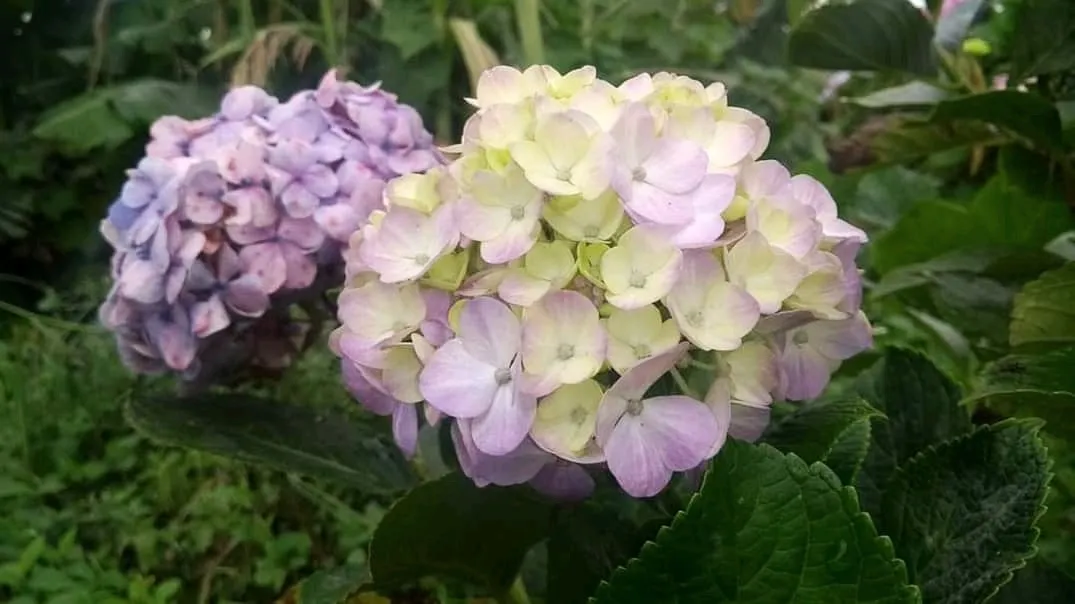
English
Taking advantage of the opportunity of the Amazing Nature Community Contest, I immediately thought of publishing something about the beautiful Hydrangeas in the garden that my grandmother took care of in her life. And it is that, precisely, on Monday I was checking my Facebook profile and among so many photographs those I had published in December 2020 caught my attention.
I consider these images as my amazing nature due to the changes and color transformations that this shrub goes through during its flowering period.
According to information consulted in Wikipedia, these ornamental shrubs are native to the south and east of the Asian continent and America. The types are so diverse that their morphology varies between shrubs, small trees and climbing plants that can reach up to 30 meters. In addition, out of 200 described species, only 43 have been accepted.
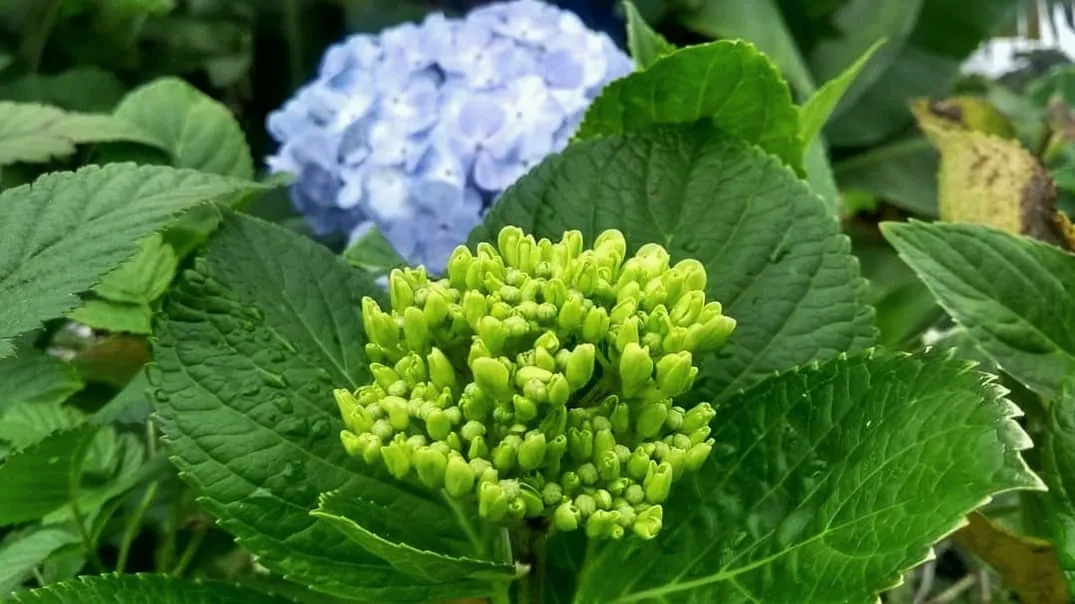
According to information consulted on the internet, the flowers of this plant, of the genus Hydrangea, can be of one color or another depending on the PH of the soil. So they could be blue, pink or white.
Now, as I mentioned before, our Hydrangeas go through several stages in which beautiful colors can be perceived. Their small flowers grouped in large clusters begin their development in a green color that attracts attention and contrasts with the dark green of their leaves. Afterwards, its flowers change to more subdued tones, shaded between a greenish yellow and pinkish. After a few days, the bouquet of flowers obtains a more striking and uniform pink color, which does not cease to transmit delicacy. Subsequently, its tonality varies towards violet, a bluish tone that shows that it is already an adult flower. Finally, the blue color almost degrades to violet-pink tones and it is at this stage when its flowers begin to lose vigor and splendor until the end of the cycle.
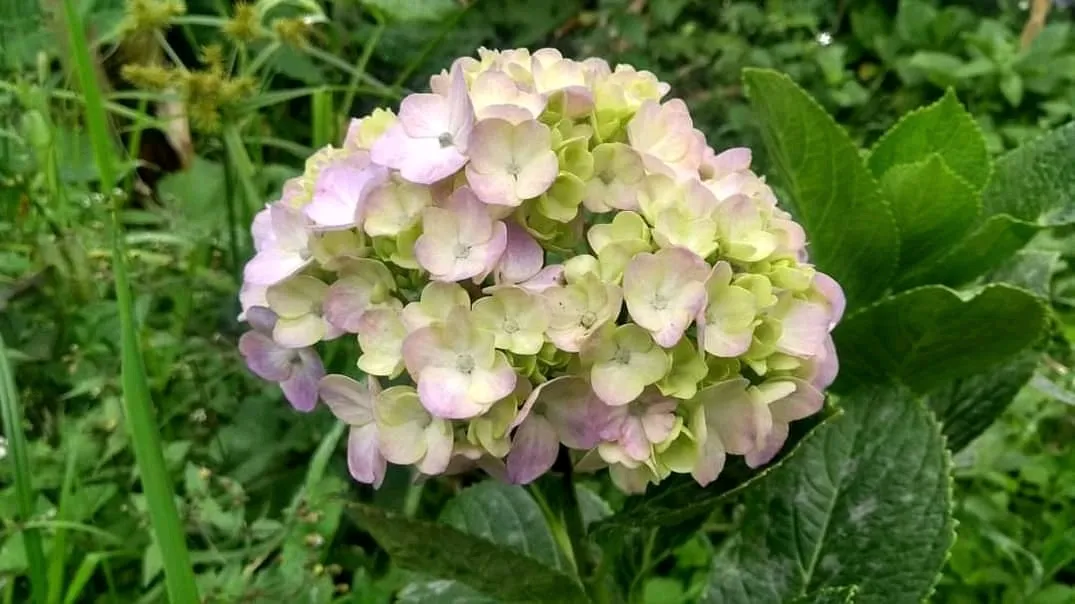
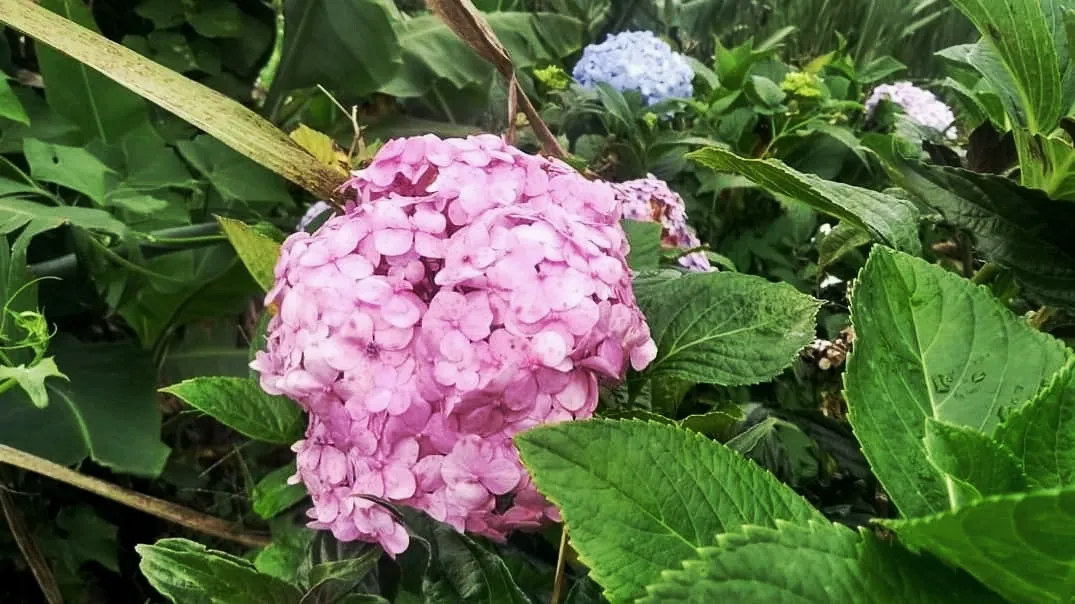
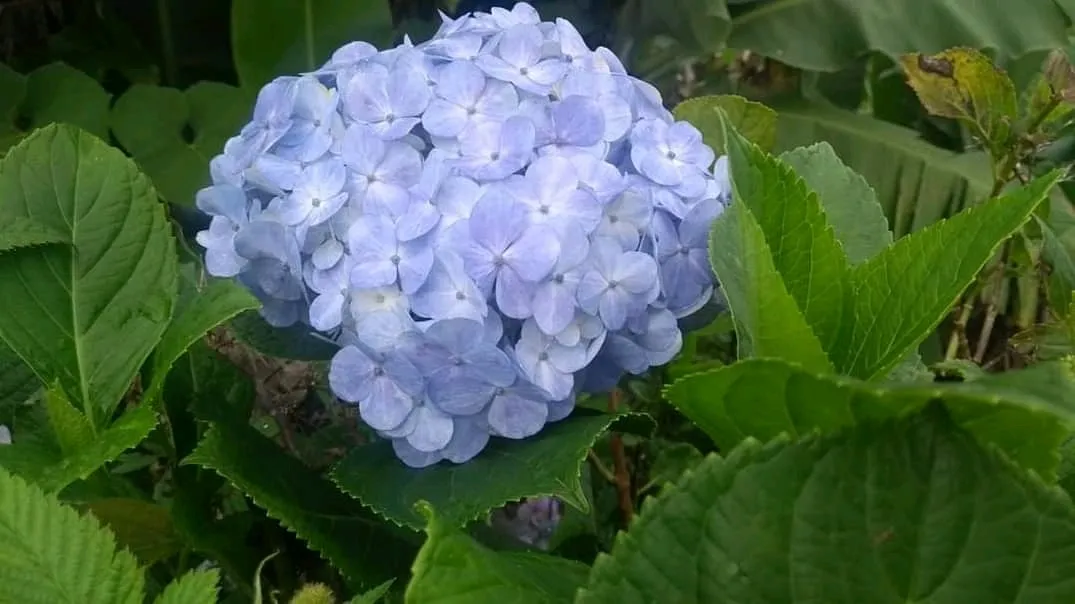
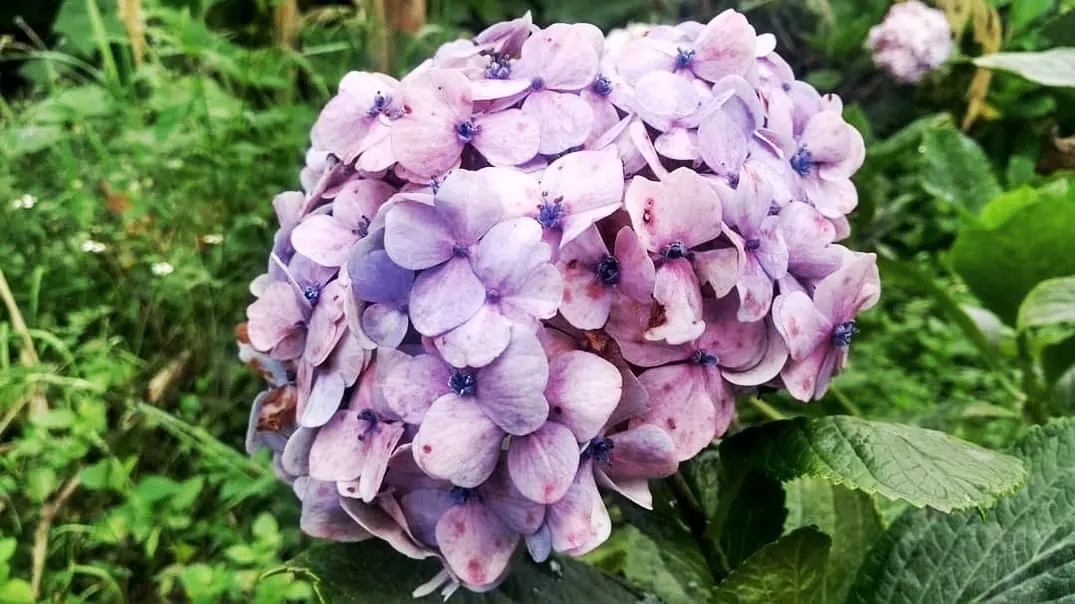
Whenever I remember seeing this beautiful plant it has had flowers in all its stages. I don't know if I'm wrong, but I think it is always in bloom and beautiful, displaying itself as one of many slender flowers in the garden.
I hope you liked my post and participation in this amazingnature contest. Also, I want to extend my invitation to @ismaelgranados and @belena2128 to participate.

English
Aprovechando la oportunidad del Concurso de la comunidad Amazing Nature, pensé de inmediato en publicar algo sobre las bellas Hortensias del jardín que cuidaba en su vida mi abuelita. Y es que, precisamente, el lunes estaba revisando mi perfil de Facebook y entre tantas fotografías me llamaron la atención aquellas que había publicado en diciembre del año 2020.
Considero a estas imágenes como mi naturaleza asombrosa debido a los cambios y transformaciones de color que atraviesa este arbusto durante su periodo de floración.
Según información consultada en Wikipedia, estos arbustos ornamentales son nativos del sur y este del continente asiático y de América. Son tan diversos los tipos que su morfología varía entre arbustos, árboles pequeños y plantas trepadoras que pudieran alcanzar hasta 30 metros. Además, de 200 especies descritas solo 43 han sido aceptadas.

De acuerdo con la información consultada en internet, las flores de esta planta, del género Hydrangea, pueden ser de uno u otro color dependiendo del PH del suelo. De manera que podrian ser azules, rosas o blancas.
Ahora, como les mencionaba anteriormente nuestras Hortensias pasan por varias etapas en las que se les pueden percibir colores hermosos. Sus pequeñas flores agrupadas en grandes conjuntos inician su desarrollo en un color verde que llama la atención y contrasta con el verde oscuro de sus hojas. Seguidamente, sus flores pasan a tonos más tenues, matizadas entre un amarillo Verduzco y rosado. Pasados unos días el ramo de florecillas obtiene un color rosa más llamativo y uniforme, que no deja de transmitir delicadeza. Posteriormente, su tonalidad va variando hacia el violeta, un tono más azulado que demuestra que ya es una flor adulta. Por último, el color azul casi se degrada a tonos violeta - rosa y es en esa etapa cuando sus flores empiezan a perder vigor y explendor hasta terminar el ciclo. .




Siempre que recuerdo ver esta bella planta ha tenido flores en todas sus etapas. No sé si me equivoco, pero creo que siempre está florida y hermosa, exhibiéndose como una de tantas flores esbeltas en el jardín. .